HTML 4.01 (Expert)
HTML 4.01 was a significant update to the HTML standards that arrived in April 1998. It introduced several improvements and refinements to the language used for creating web pages and applications on the World Wide Web. Let’s explore some key aspects of HTML 4.01:
- Background:
- HTML (Hypertext Markup Language) is the fundamental language of the web.
- HTML 4.01 aimed to enhance the capabilities of previous versions (such as HTML 3.2 and HTML 2.0).
- Features and Enhancements:
- Multimedia Support: HTML 4.01 expanded multimedia options, allowing for better integration of audio, video, and other media elements.
- Scripting Languages: It introduced support for scripting languages like JavaScript.
- Style Sheets: HTML 4.01 improved support for style sheets (CSS) to control the presentation of web content.
- Accessibility: Efforts were made to create documents that are more accessible to users with disabilities.
- Internationalization: HTML 4.01 aimed to make the web truly global by addressing internationalization considerations.
- SGML Application:
- HTML 4.01 adhered to the International Standard ISO 8879 (Standard Generalized Markup Language), making it an SGML application.
- It followed a well-defined structure and syntax.
- Status and Superseding:
- HTML 4.01 was published as a W3C Recommendation in December 1999.
- It was widely used until the gradual adoption of HTML 5 (between 2008 and 2012).
- HTML 5 eventually replaced HTML 4.01 as the recommended standard for new web development.
In summary, HTML 4.01 played a crucial role in shaping the web and served as a bridge between earlier HTML versions and the modern HTML 5 standard12.


